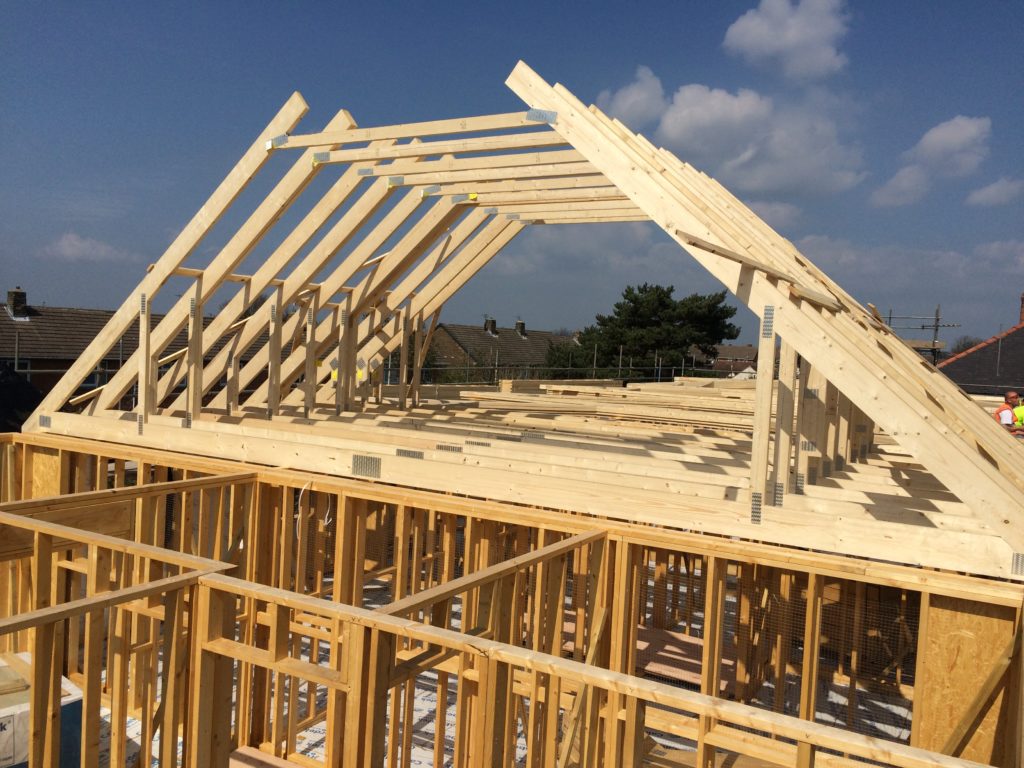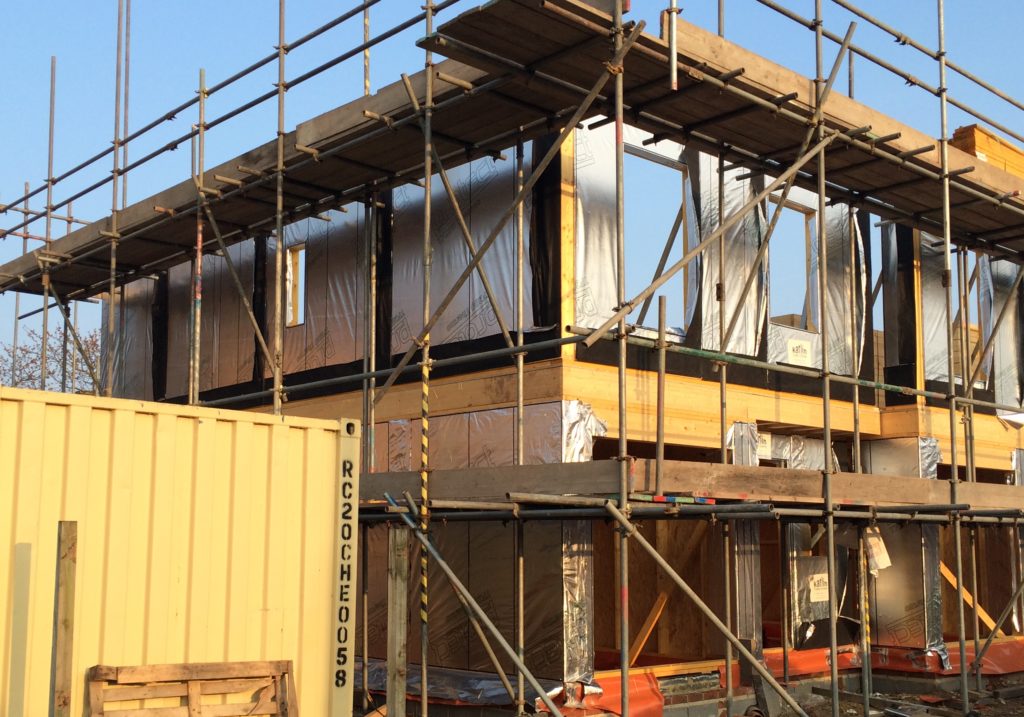
| CLIENT | PROJECT | ROLE | COMPLETION | VALUE |
|---|---|---|---|---|
| FT Management | Hallgarth Street – New build development | Cost Management /Project Management | February 2016 | £0.8m |
Overview
A private developer wished to transform an old Methodist church located within Sherburn Village to provide new housing. The scheme required the demolition of the former church prior to the construction of new housing. The developer’s requirements was to maximise the potential of the site within local planning rules, providing attractive modern housing whilst adopting methods to reduce the overall construction programme.
The site was located within a prominent position within the village just outside of the conservation area, which required the development to complement the surrounding area as part of the planning conditions.
In addition, as the scheme was a brownfield site that was close to an historic coal mine special consideration was required to the remediation strategy.
The final design consisted of 7 four bedroom town houses with a private access road, developed to a high internal specification
Elvet Services
Elvet were appointed by the developers at the outset of the scheme in November 2014, initially to work closely with the design team to develop several feasibility studies for consideration. At the offset we developed a robust employers brief that the design team could use when preparing the proposals.
Once the development designs had been approved by the client, Elvet prepared a detailed procurement strategy identifying the risks and benefits of each option associated with the delivery. It became apparent during this stage that the client wished to have more control over the budget, and wished to act as the Principal Contractor, purchasing the materials direct and engaging subcontractors as labour only for the majority of items.
Elvet recommended that the most appropriate contract would be the JCT Construction Management form, with Elvet appointed as the construction manager to deliver the project, which included:
- Preparing material builders quantities for all building elements including the mechanical and electrical items
- Identifying the most cost-effective material supply chain, selecting products for approval and subsequently ordering the materials
- Undertaking procurement of the labour only element
- Tendering for the specialist works packages
- Management of the entire build process including subcontractor management
- Preparing and maintaining cash flow forecasts
- Preparing interim valuations and final accounts
- Preparing and maintaining a construction programme.
Added Value
As Elvet is a multi-disciplined practise we were able to offer additional services rather than appointing consultants, reducing the design team costs. This included the following services:
• Ensuring the client fulfilled their requirements under the CDM regulations
• Preparing the construction phase health and safety file,
• Undertaking regular health and safety audits
• Undertaking quality control inspections (Clerk of Works),
• Providing SAP calculations and the final EPCs
• Liaising with building control and warranty providers to ensure necessary certifications were obtained
With Elvet being Chartered Quantity Surveyors the developers bank were satisfied that we could provide the regular reports required to draw down the finance required to pay suppliers and subcontractors during the construction period.
INNOVATION
The client wished to reduce the overall construction programme to reduce the interest payments connected to the development loan. Elvet looked at various systems including lightweight steel frame, timber frame and insulated concrete to reduce the overall construction duration.
Timber frame was selected as the most appropriate method, however the planners insisted that the front elevation of the development was clad in traditional masonry, which did impact on the gains achieved with the timber frame by introducing a wet trade.
Using the timber frame system allowed all of the properties to be constructed and be watertight within 8 weeks. This resulted in the internal works starting sooner than if a traditional masonry cavity system was used.
 Award-winning Chartered Quantity Surveyors and RICS Chartered Building Surveyors. T: +44 (0) 191 7166768
Award-winning Chartered Quantity Surveyors and RICS Chartered Building Surveyors. T: +44 (0) 191 7166768 

